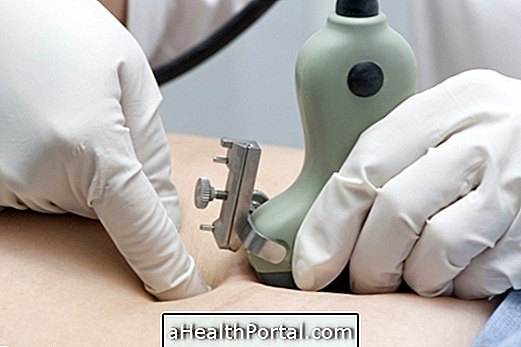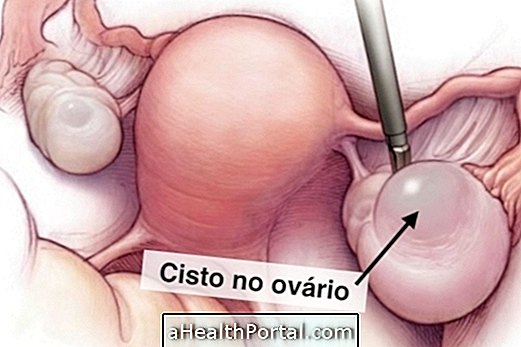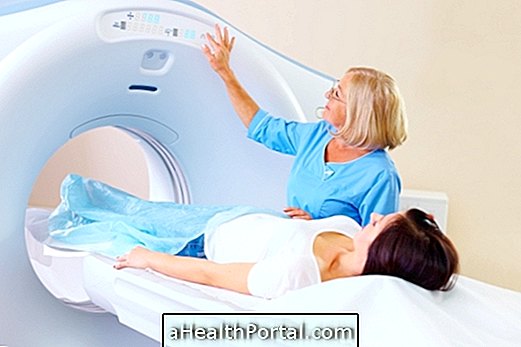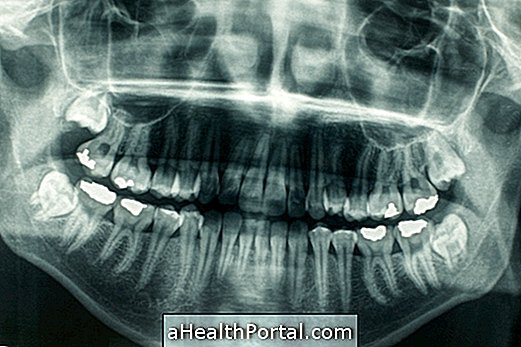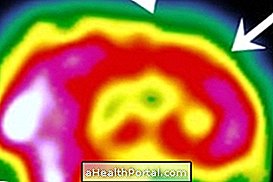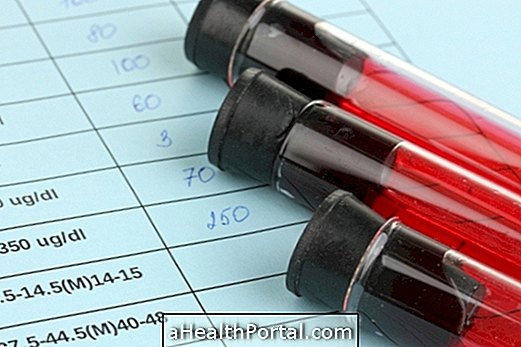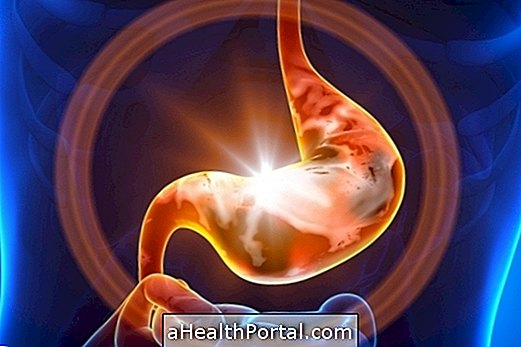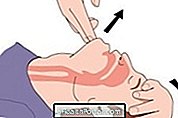The spirometry test is a diagnostic test that allows to evaluate the respiratory volumes, that is, the amount of air that enters and leaves the lungs, as well as the flow and the time, being considered the most important exam to evaluate the operation of the lung .
Thus, this examination is requested by the general practitioner or pulmonologist to assist in the diagnosis of various respiratory problems, such as asthma, COPD, bronchitis, pulmonary fibrosis and other diseases that may affect the lungs. In addition to spirometry, see other tests to diagnose asthma.
However, spirometry may also be requested by the physician only to assess whether there has been improvement of a lung disease after initiation of treatment, for example.
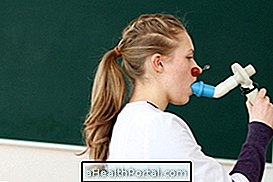

Price of spirometry
The price of spirometry is approximately 100 reais, however, it can vary according to the parameters evaluated and the clinic selected to take the exam.
How Spirometry is Performed
The spirometry lasts in 15 minutes and is done as follows: the doctor gives the patient a device so that it blows with as much force as possible into it.
After this first step, the physician can also ask the patient to use a bronchodilator-based breathing enhancement remedy and re-blow the device, so that the amount of inspired air can be checked after the use of the medicine.
Throughout this process, a computer records all the data obtained through the exam so the doctor can evaluate it later.
How to prepare for the exam
Preparation for the spirometry test is very simple, and includes:
- Do not smoke 1 hour before the exam;
- Do not drink alcohol until 24 hours before;
- Avoid making a very heavy meal before the exam;
- Wear comfortable and tight clothing .
This preparation prevents pulmonary capacity from being affected by factors other than a possible disease. Thus, if there is no adequate preparation, the results may change and spirometry may have to be repeated.
How to interpret the result
The values of spirometry vary according to the age, sex and size of the person and therefore must always be interpreted by the physician. However, usually after the spirometry test, the doctor already does some interpretation of the results and informs the patient if there is any problem.
Usually the results of spirometry that indicate breathing problems are:
- Forced expiratory volume (FEV1 or FEV1) : represents the amount of air that is able to expire rapidly in 1 second and, therefore, when it is below normal can indicate the presence of asthma or COPD;
- Forced vital capacity (VCF or FVC) is the total amount of air that can be exhaled in the shortest possible time and, when it is lower than normal, may indicate the presence of lung diseases that make lung expansion difficult, such as cystic fibrosis, for example .
Generally, if the patient presents altered spirometry results it is common for the pulmonologist to request a new spirometry test to evaluate the respiratory volumes after making a bomb for asthma, for example, to assess the degree of the disease and initiate the most appropriate treatment.
